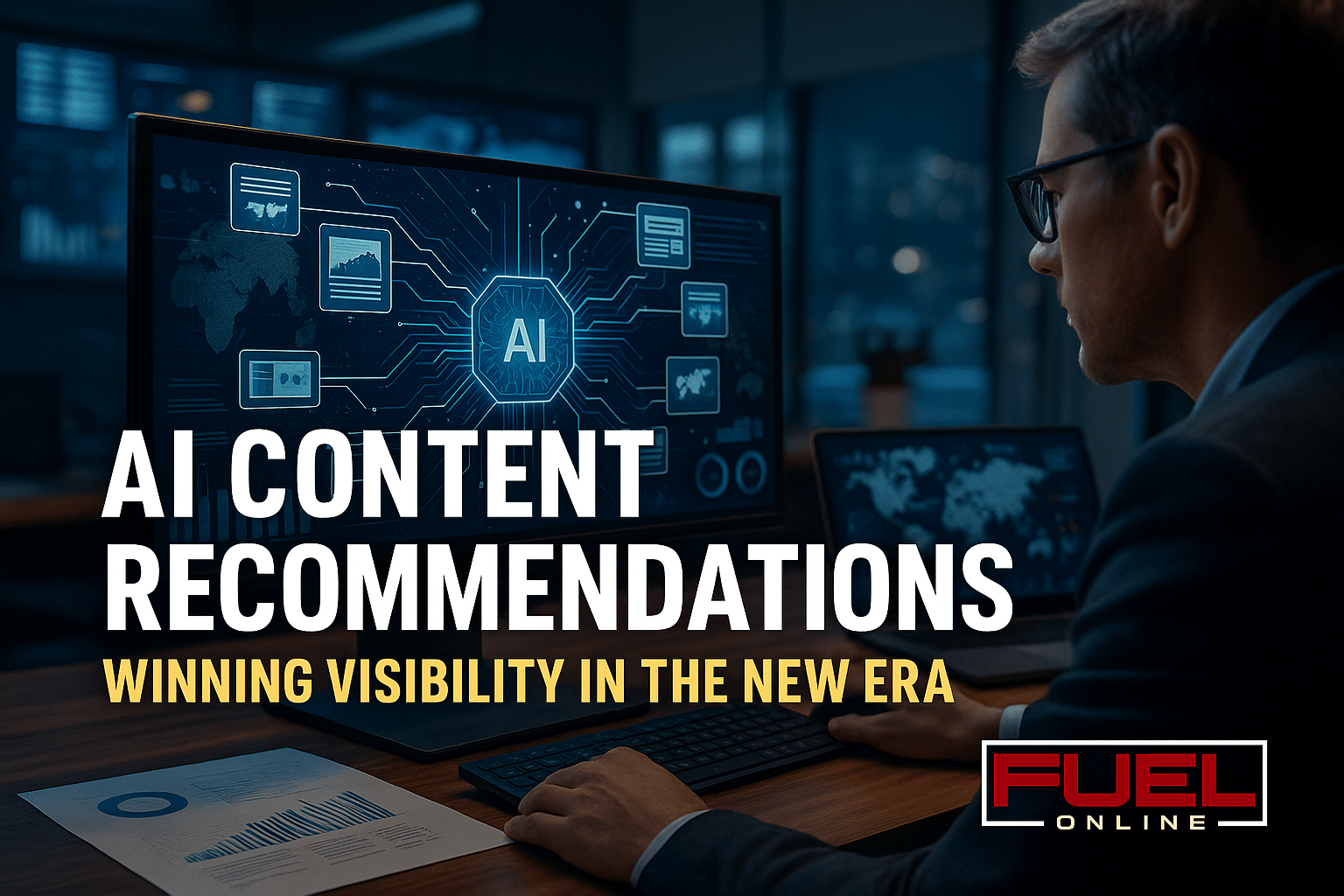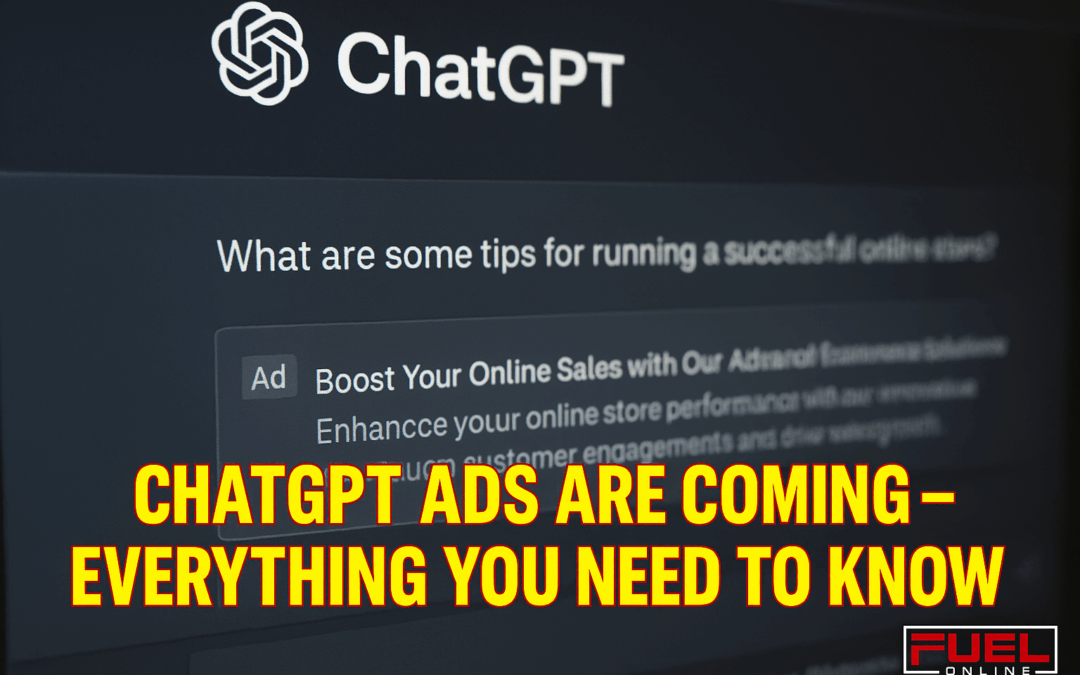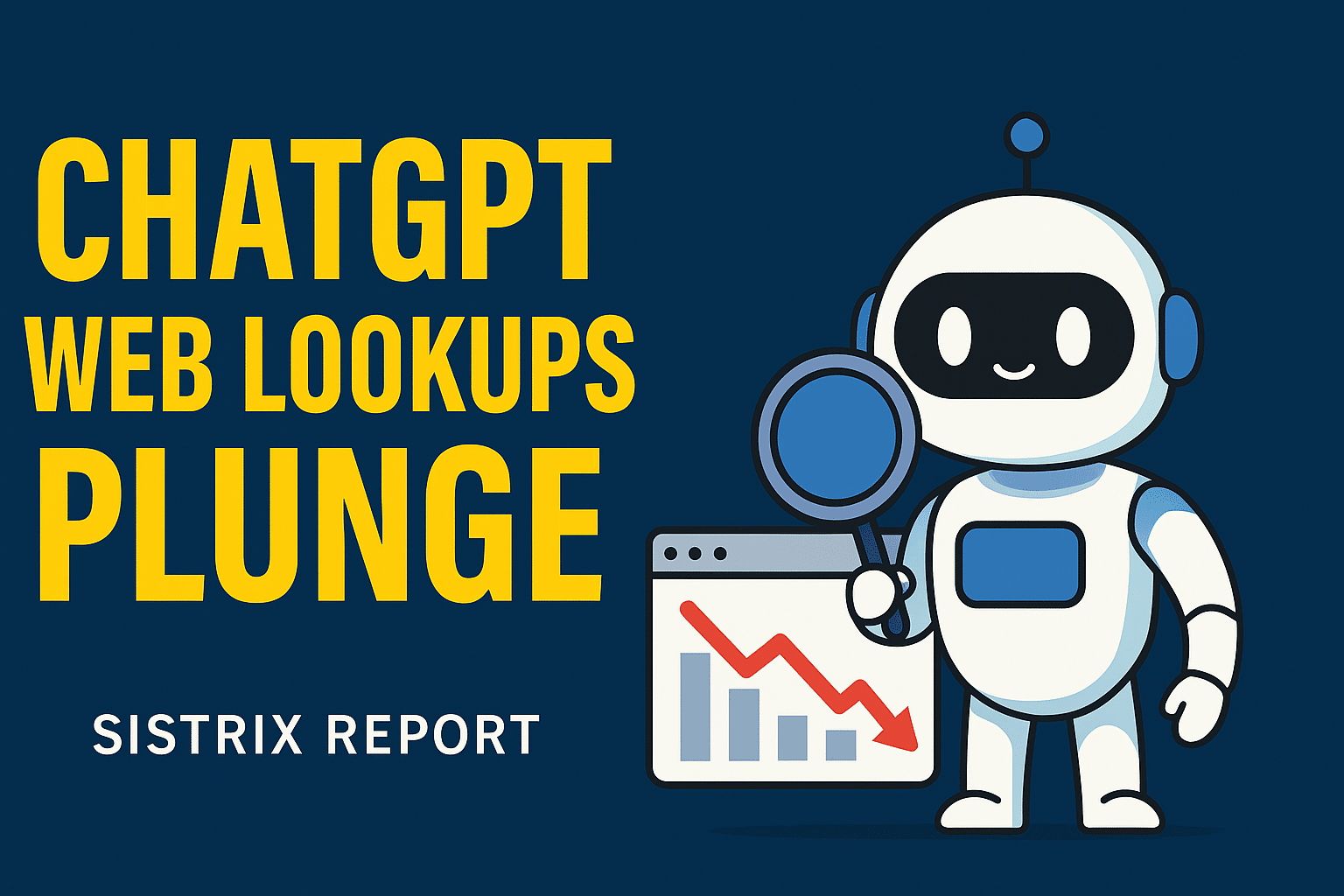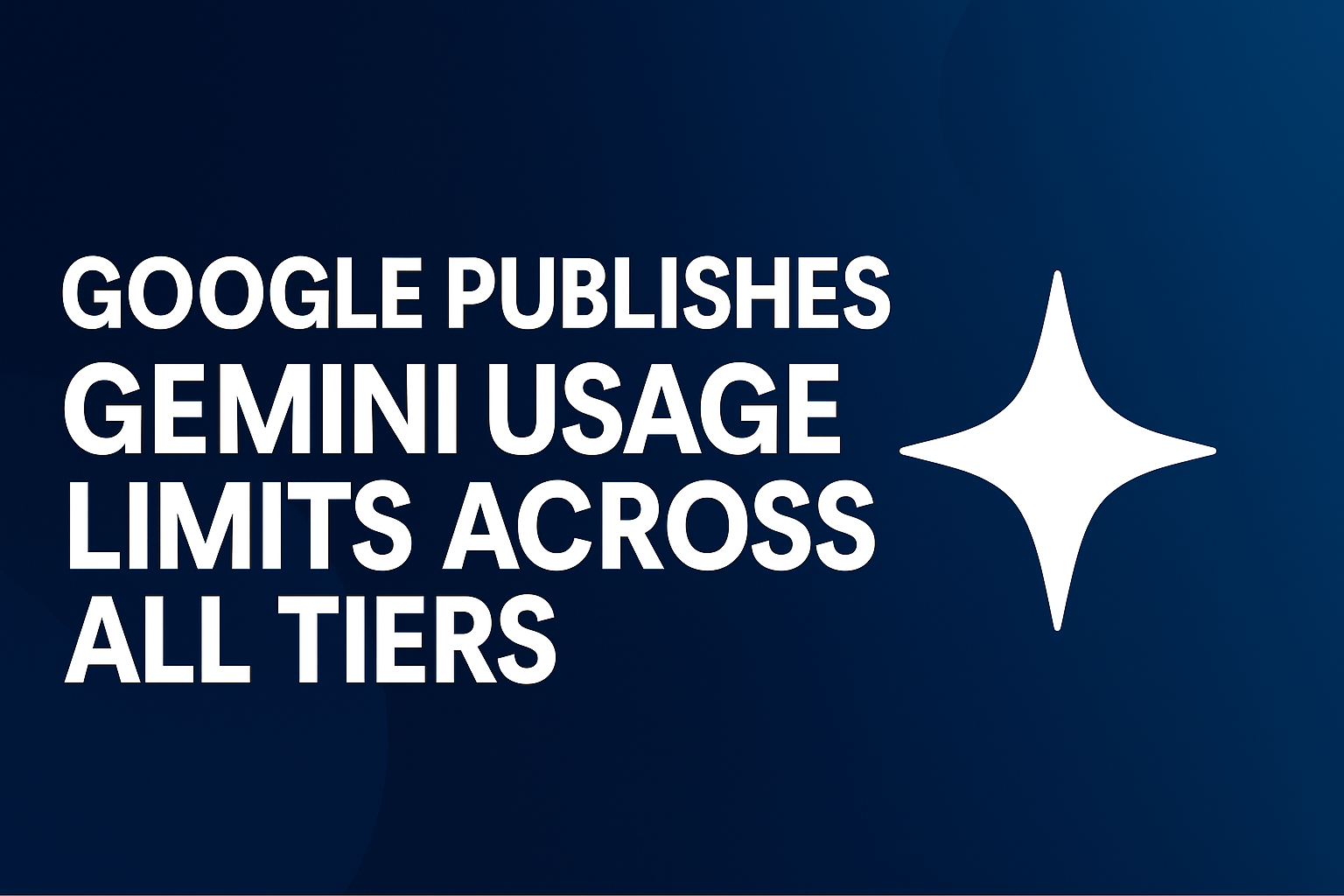The way people discover content is changing at warp speed. Google’s Search Generative Experience (SGE), Bing’s Copilot, and AI-powered interfaces like ChatGPT are becoming front doors to the internet. Instead of typing keywords and clicking links, users ask natural questions — and trust the AI to recommend answers.
For brands and marketers, this shift means the old rules of SEO aren’t enough. It’s no longer just about ranking in Google’s “10 blue links.” It’s about becoming the trusted source that large language models (LLMs) reference and recommend.
This guide breaks down how to position your content for maximum AI visibility, with fresh insights, advanced tactics, and a geo-checklist for global and local dominance.
Why AI Recommendations Are the New Battleground
Search is evolving into a conversation. AI doesn’t just surface links — it synthesizes answers, often citing or paraphrasing sources it deems credible.
That creates two massive opportunities:
- Authority Amplification – If AI recommends your brand, it’s like being cited in the world’s most-read encyclopedia.
- Demand Capture – Instead of users browsing multiple results, they often stick with what the AI recommends. If you’re not in the mix, you’re invisible.
What AI Looks For in Sources
LLMs like GPT, Gemini, and Claude are trained on vast datasets, then reinforced with retrieval and ranking signals. They don’t pull from every site equally. Instead, they prefer:
-
High-authority domains with strong backlink profiles.
-
Content structured for clarity (headings, schema, FAQs).
-
Semantically rich text that aligns with user intent.
-
Geo and vertical relevance — especially for industries like healthcare, law, and finance where expertise and compliance matter.
-
Recency — models increasingly weight fresh, updated content.
In other words: being technically correct isn’t enough. You need to be the obvious, safest choice for an AI model to pull from.
Step 1: Build “AI-Friendly” Authority Content
Think beyond keywords. AI doesn’t scan your title tag and stop. It parses your entire topical footprint.
Tips to make content AI-friendly:
-
Write like an explainer, not a brochure. AI loves content that answers “what, why, how, and when” in natural language.
-
Add multi-angle depth. Cover definitions, FAQs, case studies, examples, and counterpoints in a single article.
-
Use semantically related terms. For example, an article about “protein powder” should naturally mention amino acids, whey vs. casein, digestion speed, and muscle protein synthesis.
-
Optimize for entities, not just keywords. Use schema and NLP-friendly phrasing so the AI clearly understands the subject.
Step 2: Optimize for Trust & E-E-A-T Signals
AI doesn’t want to risk citing unreliable sources. That’s why E-E-A-T (Experience, Expertise, Authoritativeness, Trustworthiness) matters more than ever.
Ways to prove trust to AI:
-
Bylines & author bios. Showcase expert credentials.
-
Citations. Reference clinical studies, peer-reviewed sources, or official data.
-
Transparency. Include “last updated” dates, clear sourcing, and disclaimers where relevant.
-
Reviews & case studies. Social proof strengthens the credibility halo.
Step 3: Technical AI-SEO
Technical hygiene matters not just for Google, but for AI retrieval.
-
Schema markup: Use FAQ, HowTo, and Product schema wherever possible.
-
Clear hierarchy: H1 > H2 > H3 structure helps LLMs parse context.
-
Load speed: AI training data often deprioritizes slow, bloated sites.
-
Canonical & multilingual tagging: Essential for global/geo targeting.
Step 4: Own Your Vertical “Conversation Graph”
Think of AI as a conversation partner. If someone asks five related questions, does your content cover all five?
Example: A user asks “What’s the best peptide for fat loss?”
Follow-up queries may include:
-
“How do I dose it?”
-
“Are there side effects?”
-
“What’s the half-life?”
-
“Is it better than SARMs?”
If you cover all of these in your ecosystem of content, AI is more likely to keep pulling from you.
Step 5: Beyond English – The Geo Layer
Here’s where most brands fail. AI is increasingly geo-aware. A user in São Paulo may get different recommendations than someone in Toronto. To dominate globally, you need geo-optimized AI readiness.
Fuel Online Geo-Checklist for AI & LLM Readiness
✅ Local Entities: Use schema markup with city, region, and language context.
✅ Multilingual Content: Don’t rely solely on auto-translation. Publish native-level pages in key markets.
✅ Geo-FAQs: Anticipate region-specific questions (e.g., “Is Clenbuterol legal in the UK?”).
✅ Compliance Content: Address country-level laws and regulations (finance, health, etc.).
✅ Local Signals: Earn backlinks and citations from local news outlets, chambers of commerce, and directories.
✅ Cultural Framing: Adapt examples and case studies to resonate with local users (e.g., using cricket analogies in India vs. baseball in the U.S.).
✅ Geo Tagging & Canonicals: Use hreflang, canonical tags, and structured data to signal which version should surface.
✅ AI Training Visibility: Make sure your content is crawled and indexable by AI partners like Common Crawl, which feed many LLMs.
This geo checklist ensures your content doesn’t just rank — it travels across borders and models.
Step 6: Monitor & Adapt to AI Surfaces
This landscape is evolving daily.
-
Track mentions in AI answers. Tools are emerging that show if you’re cited in SGE/AI responses.
-
Refresh content quarterly. Outdated answers get dropped.
-
Experiment with conversational tone. AI favors natural phrasing that matches user input.
-
Map user journeys. Identify where AI is intercepting queries in your funnel.
Step 7: Invest in Content Designed for “Answer Snippets”
AI recommendations are often pulled from:
-
FAQs
-
Definitions
-
Tables & comparisons
-
Lists of steps
Design your content to include these, so AI can easily extract value while still crediting your brand.
The Future: From SEO to AEO (Answer Engine Optimization)
This is bigger than “ranking.” It’s about building AI-ready authority ecosystems. The winners in the next decade won’t just chase keywords — they’ll engineer content so irresistible, accurate, and geo-relevant that AI engines naturally select them.
Final Word
Getting recommended by AI isn’t magic. It’s the culmination of depth, trust, technical precision, and geo intelligence.
Brands that adapt now will own the AI discovery era. Those who wait will find themselves invisible — no matter how good their old SEO playbook once was.
At Fuel Online, this is where we live: scaling global brands into the AI search era, building authority footprints that models want to recommend, and ensuring clients don’t just rank — they lead.








